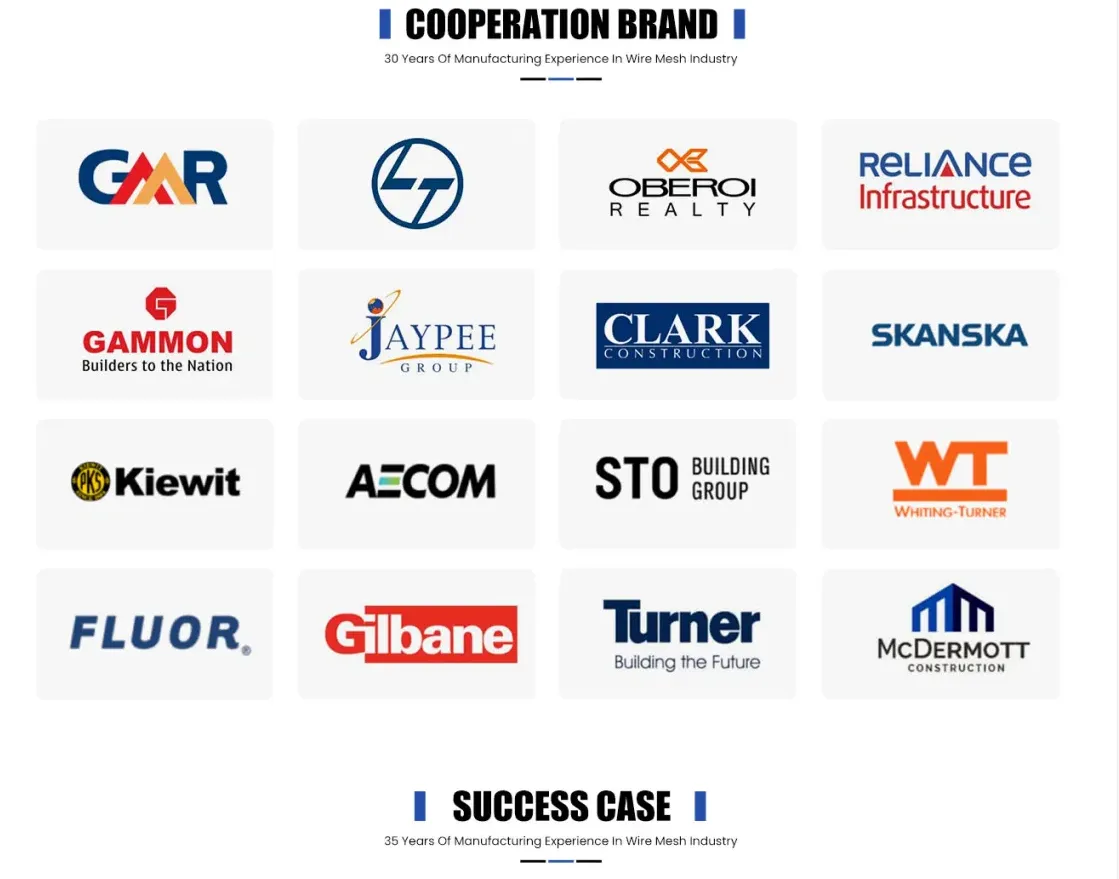Breaking the Sound Barrier Solutions and Innovations
The phenomenon of the sound barrier refers to the dramatic increase in drag and turbulence that objects face when they approach the speed of sound, which is approximately 343 meters per second (or 1,125 feet per second) at sea level and standard conditions. This has implications not just for aviation, but across various fields including automotive design, architecture, and acoustics. With the global push for faster modes of transportation and improved technologies, breaking the sound barrier has become a pivotal focus. In this article, we will explore innovative solutions that address the challenges posed by the sound barrier.
Understanding the Challenges
When an object approaches the speed of sound, it compresses the air in front of it, creating a shock wave. This phenomenon leads to a dramatic increase in drag, which can make it difficult to maintain speed and control. For aircraft, this transition can result in structural stress, loss of lift, and a significant increase in fuel consumption. Similarly, for land vehicles, crossing the sound barrier can create intense sonic booms, which can be disruptive and even damaging. To address these challenges, engineers and researchers are exploring various solutions.
Aerodynamic Design Innovations
One of the most effective strategies for overcoming the sound barrier is through advanced aerodynamic designs. Streamlined shapes reduce drag by allowing air to flow smoothly around the object. For instance, the design of supersonic aircraft, like the Concorde and newer experimental vehicles, emphasizes a slender fuselage with swept-back wings. Such designs minimize the pressure buildup in front of the aircraft, allowing it to break the sound barrier more efficiently.
Additionally, research into alternative wing configurations, such as delta wings or blended wing bodies, shows promise in reducing overall drag. These designs not only enhance aerodynamic efficiency but also contribute to improved stability and control at high speeds.
Materials Science and Engineering
The stresses encountered when breaking the sound barrier require materials that can withstand extreme conditions without compromising safety and performance. Advances in materials science have paved the way for lightweight, high-strength materials like carbon-fiber composites and titanium alloys. These materials not only reduce the overall weight of the aircraft but also enhance its structural integrity under the immense pressures of supersonic flight.
sound barrier solutions

Moreover, engineers continue to explore the potential of shape-memory alloys and innovative coatings that can adapt to changing aerodynamic profiles. Such advancements not only improve performance but also increase the lifespan of vehicles operating at high speeds.
Propulsion Technologies
The transition through the sound barrier is also heavily influenced by propulsion technology. Traditional jet engines often struggle at transonic speeds due to shockwave formation and resulting inefficiencies. To counteract this, innovative propulsion systems like scramjet (supersonic combustion ramjet) technology are being developed.
Scramjets operate efficiently at hypersonic speeds by using the vehicle's high speed to compress incoming air for combustion, allowing for more efficient fuel use compared to conventional engines. This technology has the potential to revolutionize air travel, drastically reducing travel times across the globe.
Noise Reduction Strategies
While breaking the sound barrier may hold significant potential for transportation, the associated noise, specifically sonic booms, presents challenges, especially in urban areas. To mitigate these effects, researchers are exploring “quiet supersonic” technologies which aim to reduce the intensity of the shockwaves produced during flight.
Techniques such as shaping the aircraft to minimize shockwave formation and modifying flight paths to avoid populated areas are being considered. Furthermore, ongoing research into active noise control systems could help dampen the effects of sonic booms, making supersonic travel more acceptable to the public.
Conclusion
The quest to break the sound barrier is a multifaceted challenge that combines aerodynamic design, advanced materials, innovative propulsion technologies, and noise reduction strategies. As engineers and scientists continue to innovate, the possibility of supersonic travel becoming a commonplace reality is increasingly within reach. Embracing these solutions not only paves the way for faster transport but also enhances our understanding of fundamental aerodynamic principles, ultimately leading to a new era of high-speed travel and communication. Breaking the sound barrier is not just about speed; it’s about enhancing global connectivity and advancing technological frontiers.
-
The Best Metal Mesh Solutions: Expanded Aluminum Metal vs. Expanded Stainless Steel Metal
NewsSep.10,2024
-
Round Perforated Sheets vs. Hexagonal Perforated Sheets vs. Embossed Perforated Sheet Metal
NewsSep.10,2024
-
Perforated Metal Sheets
NewsSep.10,2024
-
Experience The Excellence Of Stainless Steel Grating
NewsSep.10,2024
-
Discover the Versatility Of Metal Mesh Expanded Forming Machines
NewsSep.10,2024
-
Discover The Advantages Of Steel Grating For Sale
NewsSep.10,2024
Subscribe now!
Stay up to date with the latest on Fry Steeland industry news.

